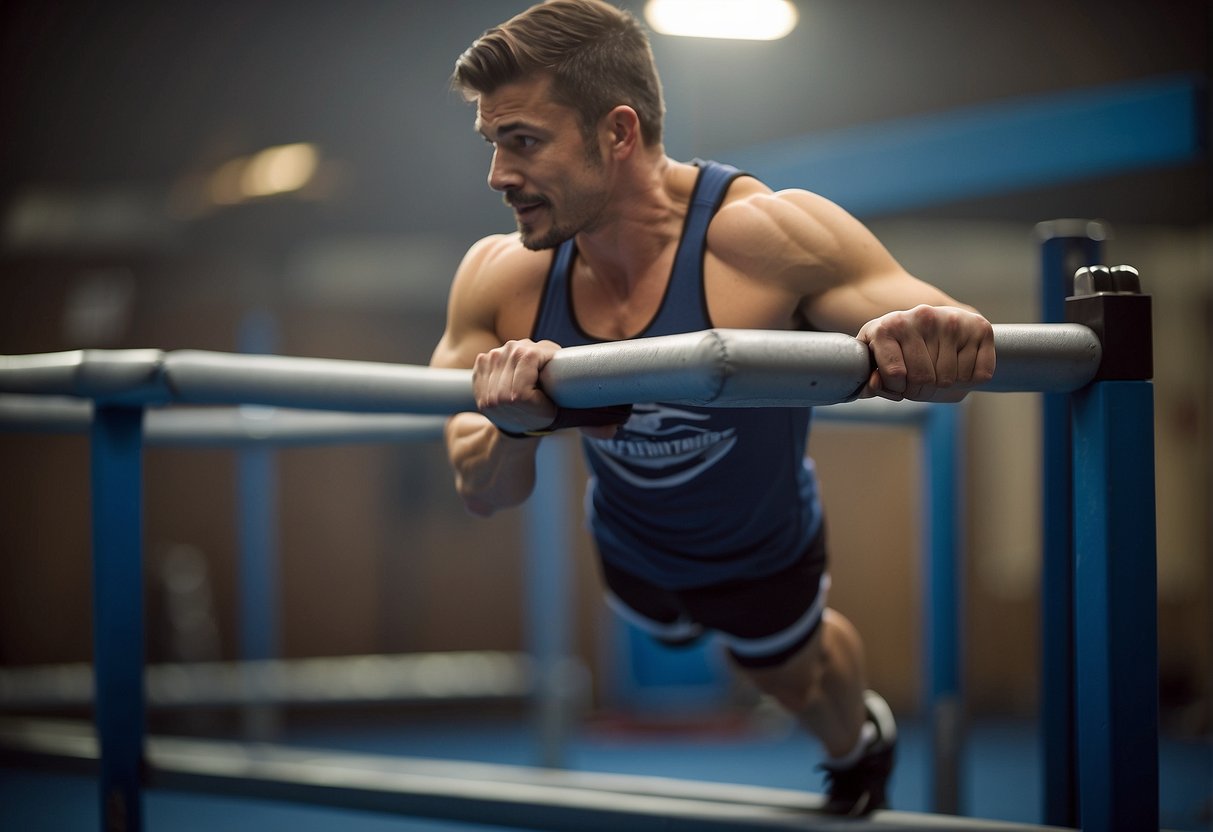
Understanding the Triceps Brachii
The triceps brachii possesses three heads: the long head, the medial head, and the lateral head. Each head originates from different parts of the arm:
- Long head: originates from the infraglenoid tubercle of the scapula.
- Medial head: arises from the posterior shaft of the humerus.
- Lateral head: also originates from the posterior humerus, but is positioned higher and laterally compared to the medial head.
These heads converge into a single tendon that attaches to the olecranon process of the ulna. Though each head has its unique origin, they function synergistically to produce forceful extensions of the elbow joint.
Role in Arm Movements and Stability
The primary function of the triceps brachii is elbow extension, straightening the arm from a bent position. This action is vital in many upper-body movements including pushing, pulling, and stabilizing motions. The triceps are actively engaged in activities like:
- Pressing movements, where the triceps work to push an object away from the body.
- Overhead actions, providing the necessary force to elevate and control arm movements.
The long head of the triceps also assists with adduction and extension of the arm at the shoulder joint, due to its attachment on the scapula, thereby contributing to the overall stability of the upper limb. The concerted action of the three heads provides significant power and strength, making the triceps brachii one of the most essential muscle groups for overall upper body functionality.



